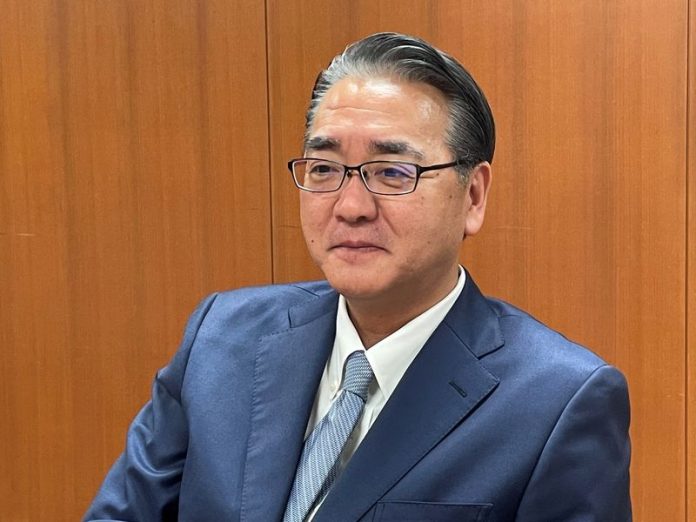TOKYO (Reuters) – A U.S. factory construction boom driven by tax credits in the Inflation Reduction Act (IRA) is helping Mitsubishi UFJ Financial Group (NYSE:MUFG) to shore up its dominance in project finance, a senior executive at the top Japanese lender said.
MUFG ranked No. 1 in U.S. project finance loans for 13 straight years, as it took advantage to bridge the gap created by the 2008 global financial crisis that forced U.S. and European rivals to cut risk-weighted assets on their balance sheets.
The bank’s experience through tough times and retained capabilities have put it in a strong position to benefit from a recent surge in project finance deals, Fumitaka Nakahama, the chief of MUFG’s global corporate and investment banking, told Reuters.
Tax credits in the IRA “have helped expand the scope of project finance beyond energy, power and infrastructure to new asset classes like batteries and data centres,” he said. The new assets tend to yield high-margin financing deals, he added.
Project finance is a long-term financing of large infrastructure and industrial projects where repayment is mainly based on cash flows generated from the project. The total value of project finance loan deals in North America jumped more than 70% last year, according to LSEG.
MUFG beefed up the business by hiring senior Citigroup (NYSE:C) banker Jon Lindenberg in 2009 and then lured many former members of his team. The 2011 acquisition of $5 billion project finance loans from the Royal Bank of Scotland (NYSE:RBS_old_old) boosted its global presence.
It now has about 360 project finance bankers globally.
ORIGINATE TO DISTRIBUTE
Japan’s top three banks have been dominant players in project finance loans globally over a decade, given their worldwide reach and vast asset size totalling more than $6 trillion. But stricter capital adequacy requirements have increased pressure on capital-intensive businesses like project finance.
Japan’s financial regulator has also taken notice of $120 billion project finance loans outstanding overseas at big banks. “Long-term exposure means risks need to be managed properly,” the Financial Services Agency said in this year’s policy outlook.
The world’s No. 2 player, Sumitomo Mitsui (NYSE:SMFG) Financial Group, put project finance under review in the latest midterm plan as the group “boldly reduces inefficient labour-intensive businesses, low growth, low profitability assets.”
Nakahama acknowledged the business had faced pressure internally at certain times in the past.
Instead of shrinking the business, however, MUFG enhanced the so-called originate-to-distribute approach of selling debt to investors to shorten the tenor of loan portfolios and reduce balance sheet burdens.
The bank is now working to expand the investor base in the U.S., Japan and the rest of Asia to strengthen its distribution capabilities, Nakahama said. It’s also focused on deals where it can serve as mandated lead arranger or financial advisor for higher fees, he added.
“Profitability of the business has improved sharply,” he said.
Morningstar analyst Michael Makdad said MUFG’s cost-to-income ratio has improved since it exited some underperforming businesses like MUFG Union Bank.
A strong U.S. business profile could be another example that shows positive changes are “not just exiting underperforming businesses, but also increasing efficiency in the existing businesses,” he said.




















